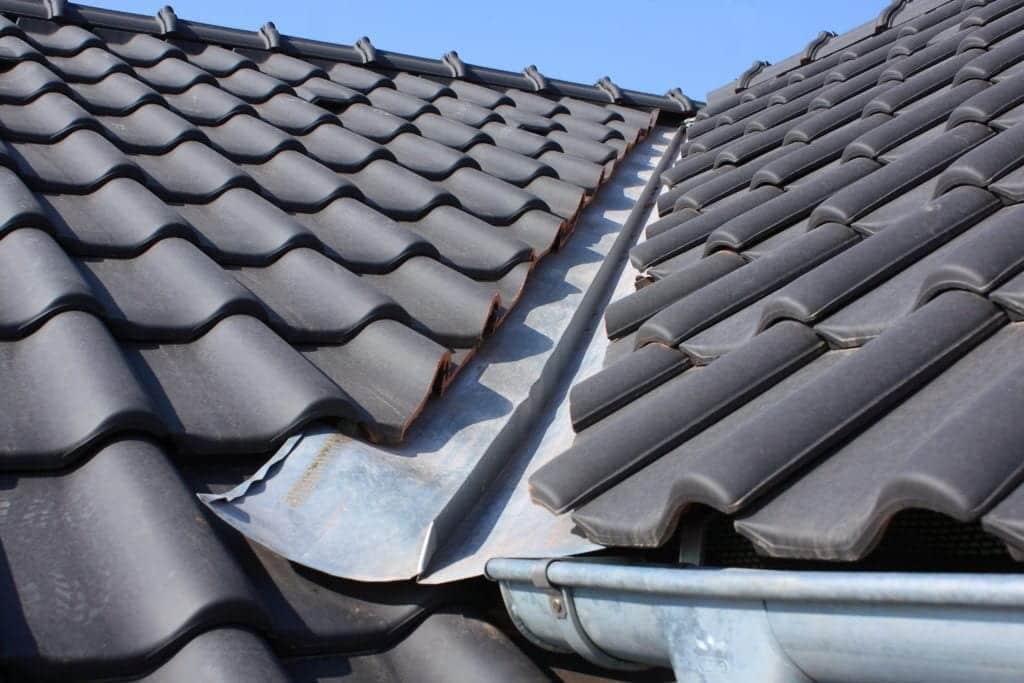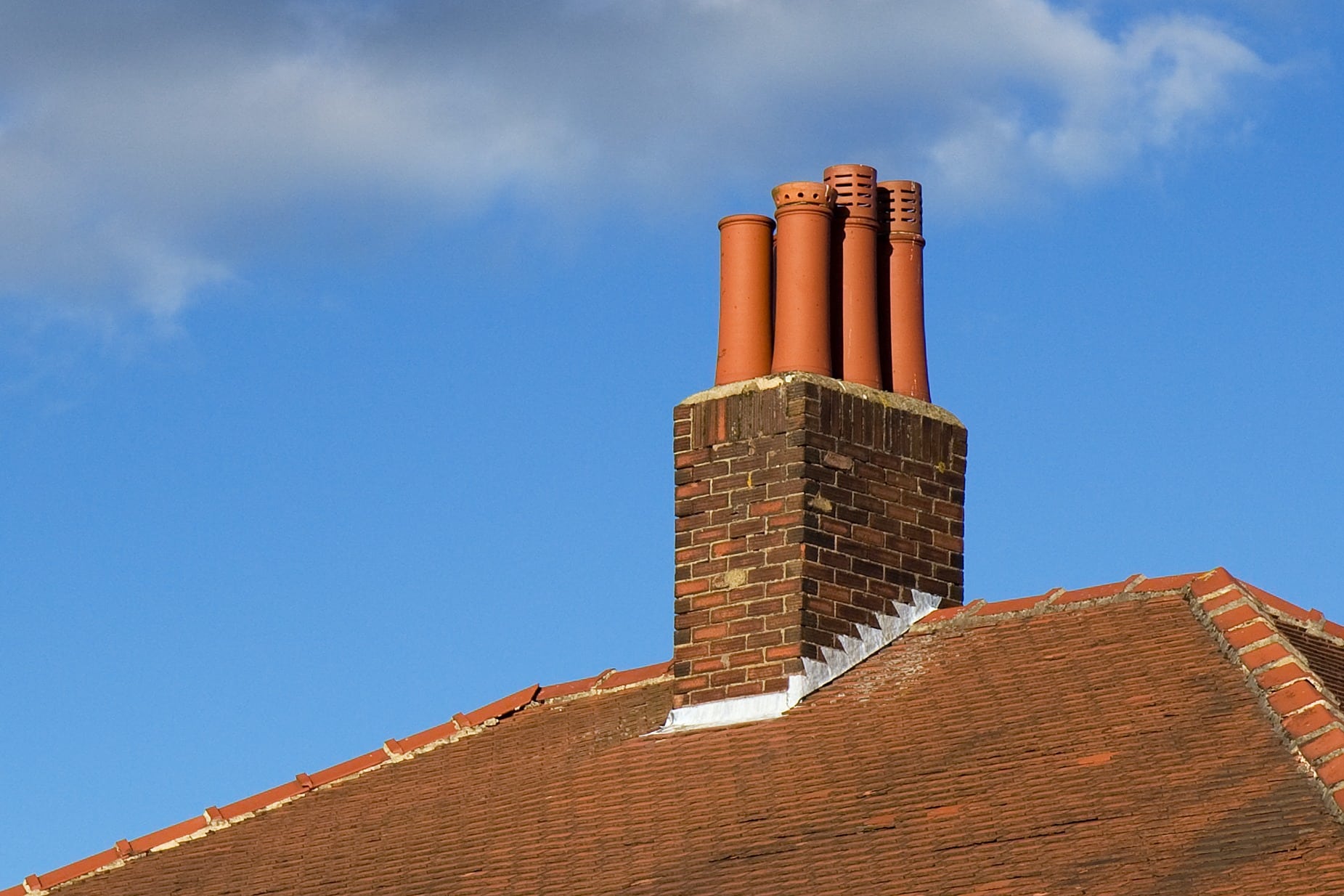How To Carry Out A Roof Valley Leak Repair

What is a roof valley and do all houses have them?
Only houses built on an”L” or “T.” shaped plan have roof valleys. Where the pitched roof on one leg of the “L” or “T” meets that of the other leg, a “V” shaped valley is formed. That’s the roof valley. A “V” shaped piece of metal, usually lead, called “Flashing.”, runs along the length of the valley with its edges covered by the roof tiles or slates to form the joint. Valleys can also be made using cement or tiles, it will depend on the design of your home.
Why Would a Lead Valley start to leak?
Whilst Lead is very heavy and hard wearing it is also soft, so it is very easy to drive nails through lead flashing in the wrong place which will weaken the integrity of the lead. Years later if, the nail becomes loose due to corrosion or damage, or if the nail was not sealed correctly, space can be created for water to pass through into the loft space. Cement and tiles also get weather worn and can develop cracks or move. A valley won’t cure itself so what can you do to fix it? Well, the obvious answer is to call in a roofing contractor, but if you have some DIY skills you could tackle it yourself, but be careful, balancing on a V or L shaped of a pitched roof can be slippery! With all roof valley leak repair work work, safety should come first.
What Do You Need?
The tools you need will be dependent on the materials that your valley is constructed of. Before starting work, inspect the valley, and decide if you would like to carry out a repair or a replacement. Measurement for accuracy are key, as well as researching the intricacy of fixings and the area around the valley. There are a lot of roofing specialist suppliers around, and if you take your list along, they will be happy to help and advise. Our point to remember would be, do not try and manipulate the lead without a bosser – the type of bosser, plastic or wood does not matter.
Evaluate how you are going to access your roof, and remember that without experience the job may take longer, so you may need more than just a ladder. Scaffold platforms can easily be hired, as can other safety equipment.
How Do You Do It?
The first task up there is to locate the leak. It probably won’t be directly above where the drip appears indoors. Water often tracks along structural parts before finding an opening on the inside. Having found it, you’ll need to temporarily remove sufficient tiles either side of the valley to gain access to the valley and identify what can sometimes be a very small entry.
If your valley is lead, measure and cut your new flashing, lead is toxic and lead poisoning is very serious, so handling and cutting it calls for protective gloves and a face mask. You will also need lead straps, lead bonding or mortar to secure the lead as well as patination oil. Doing it yourself successfully is very satisfying but, by the time you’ve bought the materials and hired the access equipment, you probably won’t have saved very much against what your friendly local roofer would have charged!
If you live in London and the home counties and you would rather have a professional carry out your roof valley repair then contact us here at Sam’s Gutters!


